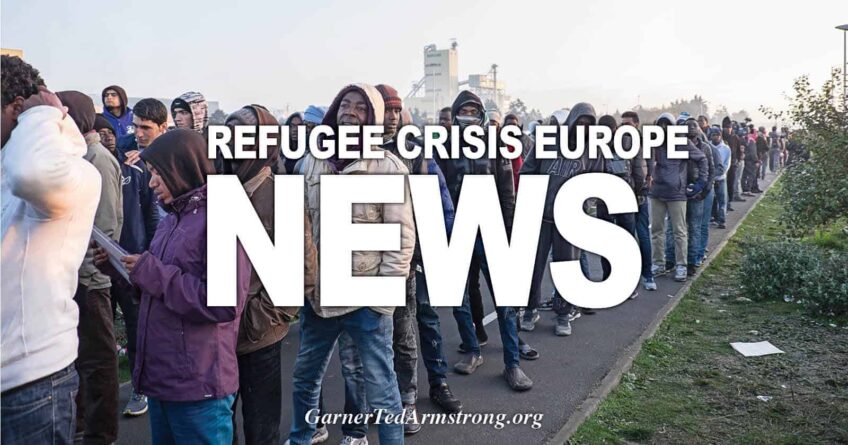
The European Union (EU) is facing turbulent times. It is plagued by deep divisions over how to shape its future. Over half a century of integration has created a profound interconnectedness between the political, economic, and social fates of member states. At the same time, however, the fortunes of member states have started to diverge dramatically. The Eurozone crisis for example unmasked deep structural imbalances across the Union.
The political fault lines are widening. Today, they crosscut the continent from North to South on economy and austerity, and from East to West on migration and human rights. These developments have also left a mark on public opinion. Bruised by the Eurozone and refugee crises, large parts of the public have come to doubt the competence and integrity of their political and financial masters in Brussels and at home. Eurosceptic sentiment is on the rise. It is no longer a phenomenon tied to small segments of society, extremist political parties or specific economic cycles.
For a long time public opinion was viewed as largely irrelevant for the course of European integration. Elites could pursue further integrative steps with little regard for what the public wanted. Today, leaders in Brussels and Europe’s capitals are confronted with a new and challenging political reality: the unprecedented development of European governance has led to greater public contestation, yet at the same time the EU is more reliant on public support for its continued legitimacy than ever before.
What exactly do we mean by Eurosceptic public opinion? Is it the driver of recent Eurosceptic party success, or do national conditions and evaluations play a more important role? And finally, when does Eurosceptic public opinion have the ability to constrain the preferences of elites who shape jurisdictional choices in Europe? These are important questions for every student or observer of European politics.
Euroscepticism is not a stand-alone phenomenon. It is deeply rooted in and framed by people’s national experiences. Euroscepticism essentially boils down to a comparison between the benefits of the status quo of membership and those associated with the alternative state, one’s country being outside the EU. It takes shape in conversation with one’s national reference point, is there a viable alternative to membership? When people are more optimistic about their country’s ability to deliver, they become more Eurosceptic, and vice versa. This insight is important as it helps us understand why support for the EU remains relatively high in bailout-battered member states that have experienced some of the worst effects of the crisis, like Ireland or Spain, while Euroscepticism is on the rise in countries that have benefited enormously from the Single Market and/or the Euro, and weathered the crisis relatively well, such as Germany or the Netherlands. Yet, public opinion cannot be simply characterized as Eurosceptic or not. Rather it consists of different types. Distinguishing between these types is important as they translate into very different policy priorities, vote choices and preferences for EU reform.
Featured image credit: EU flags in front of the Berlaymont building, head office of the European Commission by Amio Cajander. CC-BY-SA-2.0 via Wikimedia Commons.
Source: https://blog.oup.com/2018/03/future-european-union-euroscepticism/
[Disclaimer]







